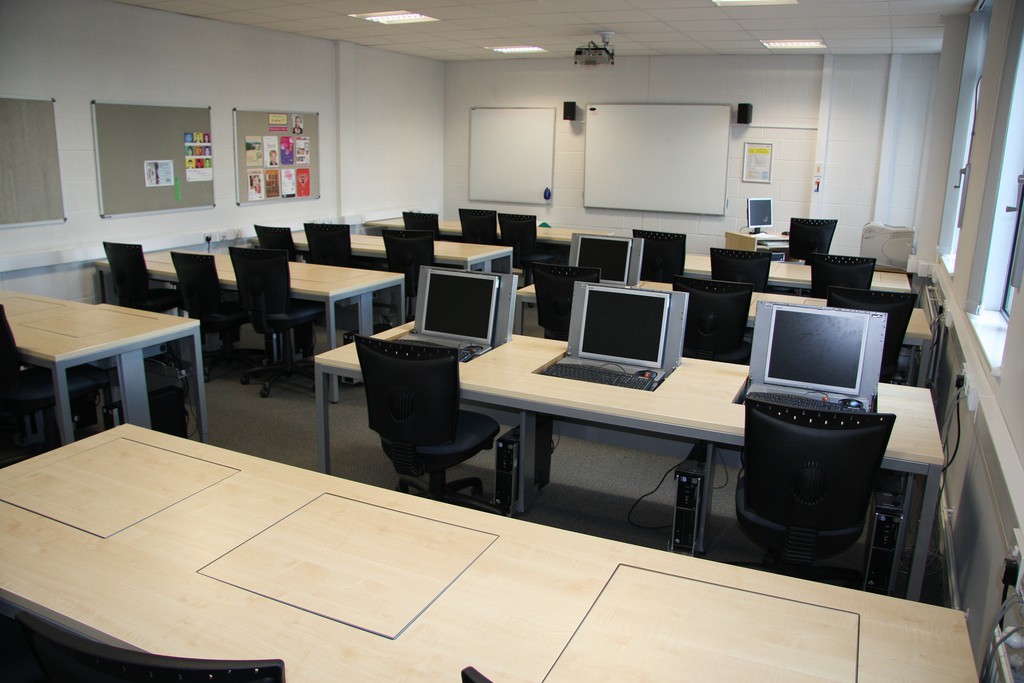These are challenging times for FE Colleges. The cuts in funding, Area Based Reviews, FELTAG, competitive pressures, small group sizes, all are areas both for opportunity and problems to be resolved.
Technology offers lots of potential solutions to the problems that are being faced:
- Learning platforms and VLEs can provide a mechanism for delivering online learning across multiple sites.
- Mobile devices allow flexible learning to happen at a time and place to suit the learner.
- Ubiquitous wifi means that BYOD is not only possible but can have a transformational impact on teaching, learning and assessment.
- Mobile devices have amazing functionality to change the medium of assessment from written tasks to using video and audio.
- The web provides a doorway into an online world of interactive learning, digital resources and amazing videos.
There are case studies in abundance about how technology can be used to inspire, motivate and change how we teach, learn and assess.
However we should remember that these solutions have been around for a while, so why haven’t teaching staff across the FE sector taken up these solutions to solve the problems they face?
Well the reality is that many staff across FE have used technology effectively to enhance and enrich teaching learning and assessment. Unfortunately this may not have happened in a holistic consistent way across an FE College or the FE sector as a whole.
So why is this?
Well there are many reasons for this, from strategy, lack of vision at the top, training, resources, infrastructure, staff development and so on…
One aspect that often can be missed is one of capability, specifically digital capability. Digital capability is not just about having the right digital skills or literacy, but having the capability to make the right and appropriate choices when it comes to digital and understanding when to seek support or the right training.
When an FE College decides to pursue a new digital initiative it often falls at the first fence as staff either don’t engage with the tool, or fail to take advantage of the full functionality available. A good example of this is the VLE, where the end result of staff engaging with the VLE is to focus purely on content and using the VLE as a repository of Word documents and Powerpoint presentations. Missing the added value the VLE can bring in terms of discussion, online quizzes and assessment, wikis, collaborative assessments and so much more.
So why do staff not use the full functionality of the VLE? More often though we talk of time and training, an assumption is made that staff have the necessary digital skills, the capability to take advantage of the functionality of the VLE. That assumption is quite flawed, and staff who have low digital capability may not.
Often an assumption is made that teaching staff in FE are able to understand how, why and where a tool can be used effectively. They know, when showcased a new tool or service how to embed it into their practice. They know, when they see an online video case study, how they will take the lessons and change the way in which they work. We also assume that they have the necessary motivation to do so.
If we assume that they don’t then how do we provide the necessary skills to allow them to do so? What kind of training and development do we need to create to make this paradigm shift?
In a similar manner, when new digital tools are introduced to an organisation, many staff don’t understand why they need to use them, and often choose not to. As described above we assume staff will utilise the full functionality of the digital tools. Organisations invest heavily in technology to support the business processes; we have seen new tools such as CRM, learning analytics, social media engagement, lecture capture, online learning environments. They do this for many reasons, efficiency, engagement, for example, but some of these tools only make sense and only really work if everyone in the organisation who is supposed to use, it does use it.
So what do we do about this?
Understanding your digital capability is key. Knowing what skills you have and which you don’t. It is important that staff are encouraged and motivated to build their digital capability and the appropriate and necessary development time and training is put in place. A change in thinking in how digital tools and services are both introduced and approached needs to happen.
FE Colleges may want to consider how they would ensure digital capability was part of their staff induction programme as well as ensuring the appropriate digital capabilities are included in people specifications and job descriptions.
Similarly understanding the current digital capabilities of their staff will ensure that when new digital initiatives are introduced, the appropriate training across all levels is offered to staff so that full use is made across the college of the new tools and services.
Jisc are building a digital capability service which will allow staff in FE Colleges to discover more about their individual digital capability and useful actions and next steps to build that capability. One key tool for this will be an online FE and Skills CPD service that will provide teaching staff with online resources and training that will develop their capability in digital learning. In addition by analysing the data from the discovery tool, Jisc will be able to provide FE Colleges with an institutional picture of their digital capability and support in building institutional digital capability.


